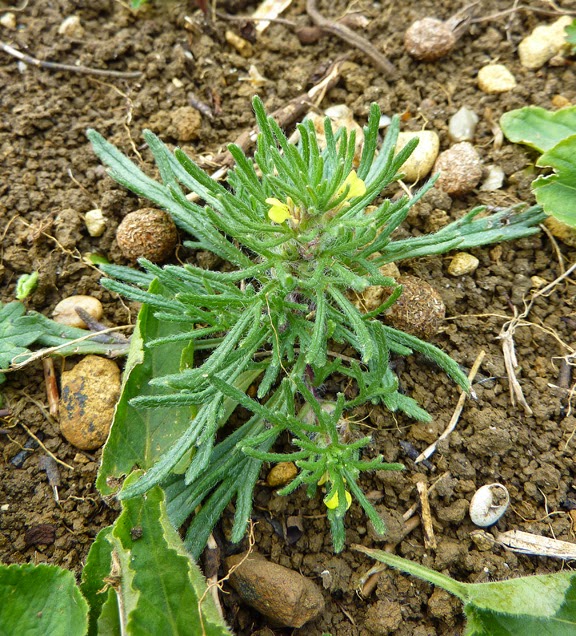Blogging, stats and stuff
I have now been pumping out this North Downs and beyond drivel for over six years now - albeit with a brief break in 2010 when I deleted the entire show and then started up again in August of that year. Since then I have posted 670 times. That's an awful lot of waffle, rant and, at times, observation. I have considered giving it a break on a number of occasions, mainly when I've felt fed up or disillusioned with my 'natural history lot', but thankfully I haven't pressed the destruct button and things always seem better the next day. Those of us that use Blogger as a platform can see who visits our blog, where they come from and what they look at - don't worry, it doesn't identify exactly who you are! These stats are just a bit of fun to me, although it is always pleasing when the visitor numbers are high, as we all like to think that we are doing something that others may wish to read. I'm going to talk numbers now, something that some bloggers guard




